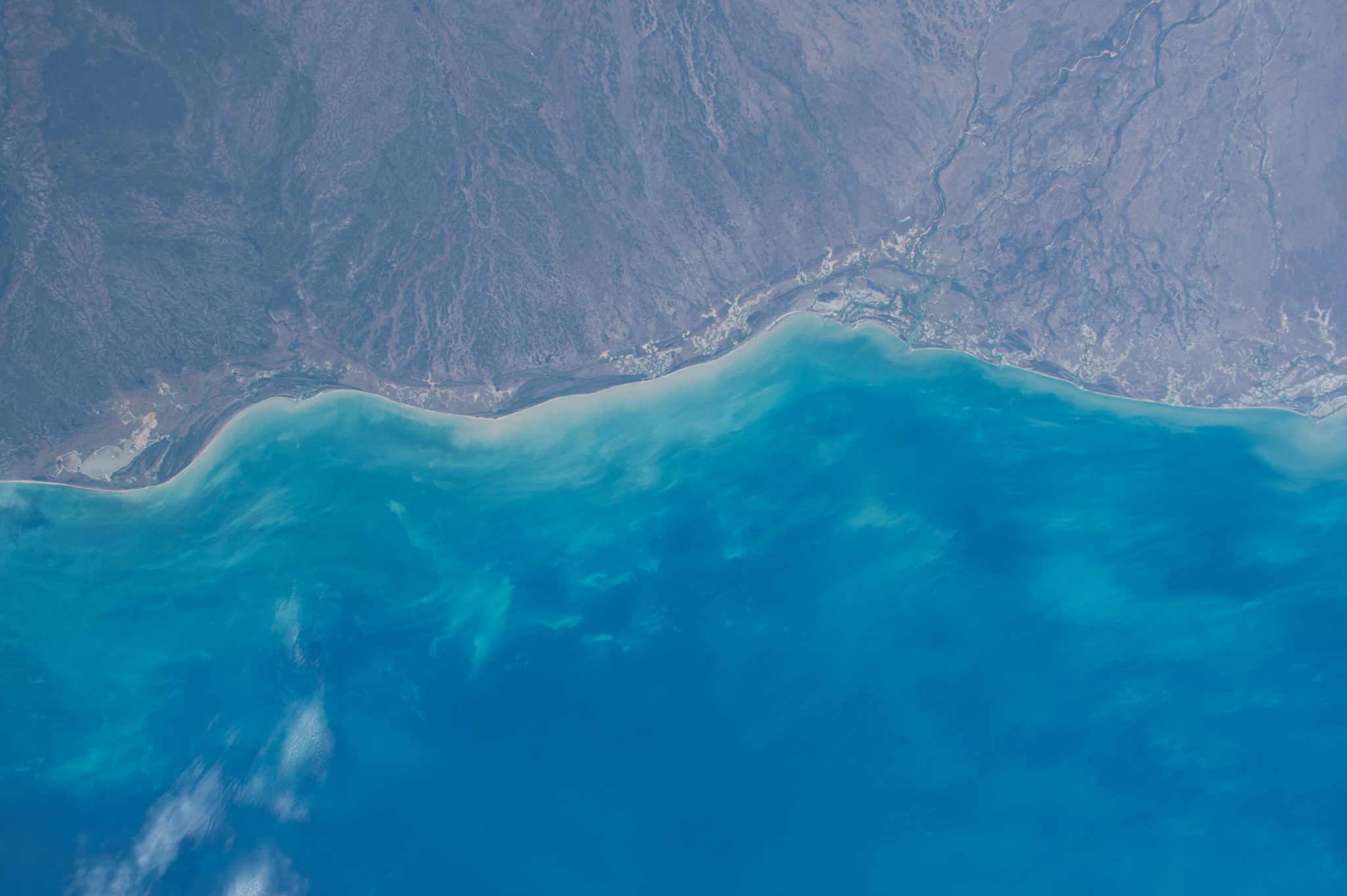
A SpaceX rocket has successfully lifted off from California’s Vandenberg Air Force Base carrying 64 satellites, including one pioneering British-built system.
In a world-first the Falcone 9 rocket, launched Monday, was reusing its first-stage booster for the third time: a landmark for the Elon Musk-owned company.
SpaceX is intent on demonstrating the ability to reuse critical components of its vehicles, thereby slashing the cost of satellite launches and space travel.
British Satellite Aims to Boost Maritime Data Performance
One of the 64 satellites was the “pioneering” SSO-A SmallSat Express mission.
Its VESTA (‘VDES transmitting satellite system) system was designed and built by Honeywell UK in Aylesbury and the spacecraft by Surrey Satellites (SSTL) in Guilford.
The VHF Exchange System (VDES) it carries is a new radio communication system that can connect satellites, ships and bases on shore; it aims to resolve the issue of patchy connectivity for vessels in remote locations at sea. It uses a combination of the currently used frequencies on the Marine Mobile VHF band, such as the Automatic Identification System (AIS), VHF Data Exchange, and Application Specific Messages (ASM).

Honeywell Satellite
As communication and data traffic increases globally there is a growing need to build technologies that can accommodate data traffic requirements. VDES is seen as the next step in global maritime communication as it builds on the abilities of the current Automatic Identification System.
VDES is composed of different communication subsys
VDES is able to maintain higher data exchange rates and technological innovations mean that data can be sent in some case 32 times faster than existing methods.
The technology is also considered to be highly reliable with a high confidence of data being received once it has been transmitted, even from vessels in remote locations with typically poor connectivity.
Chris Bee Business Manager at Honeywell Aerospace in Aylesbury said in a release: “While leading the way in demonstrating small data packet transfer from a small payload into remote maritime locations beyond our phone networks, this mission is also leading us into an even broader range of remote communication scenarios to increase the connectivity of our world.”
VESTA can be used by commercial fleets to measure ship engine emissions and report back fuel data status to operators based on shore.
Demonstration for ExactEarth
This demonstration of VDES technology will test the system for the ExactEarth advanced maritime satellite constellation. ExactEarth consists of a system of over 60 maritime satellite payloads hosted on-board the Iriduim NEXT constellation of satellites.
The ExactEarth system covers the entire maritime VHF radio band and helps running the automatic identification system. This system can also provide vessel-based VHF data services from any ship on any part of the globe.
See Also: UK-Built Satellite Returns First Images from Cloud Penetrating Radar
The mission was part funded by the UK Space Agency’s National Space Technology programme. Dr Graham Turnock, Chief Executive, UK Space Agency said: “There are still vast areas of the Earth where communication remains difficult, none more so than out at sea. Satellites can bridge this gap, however testing new technology is risky and expensive.”
“That’s why the UK Space Agency is helping to fund promising UK technologies like VESTA as part of the government’s Industrial Strategy, to kick start innovation and growth, while delivering safety at sea and jobs back home.”






